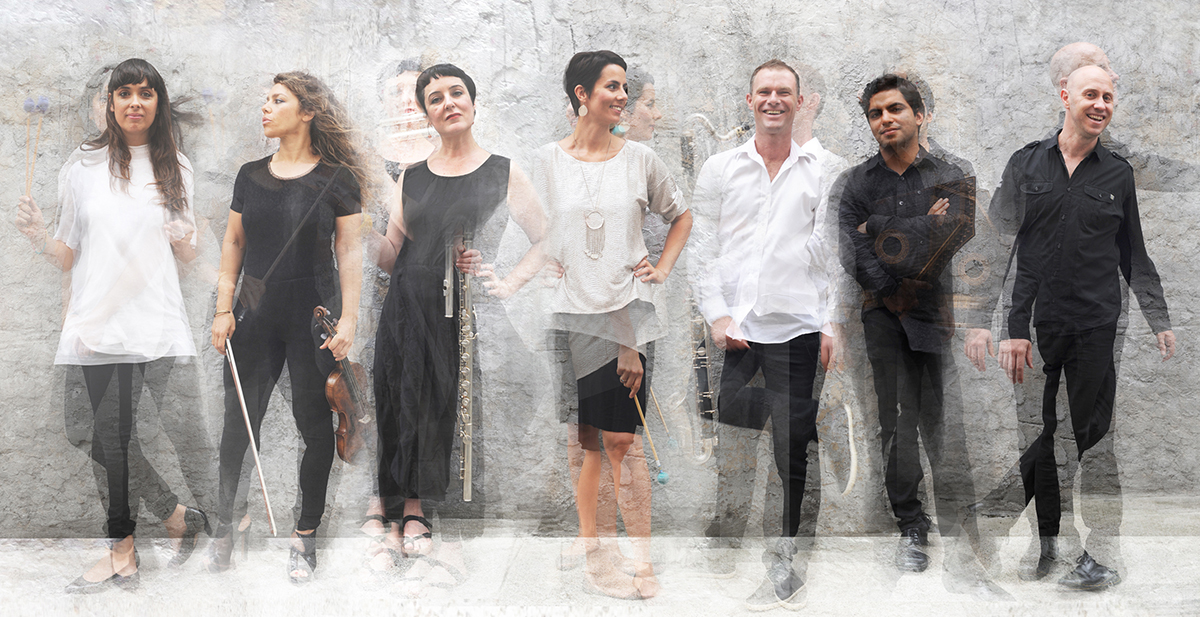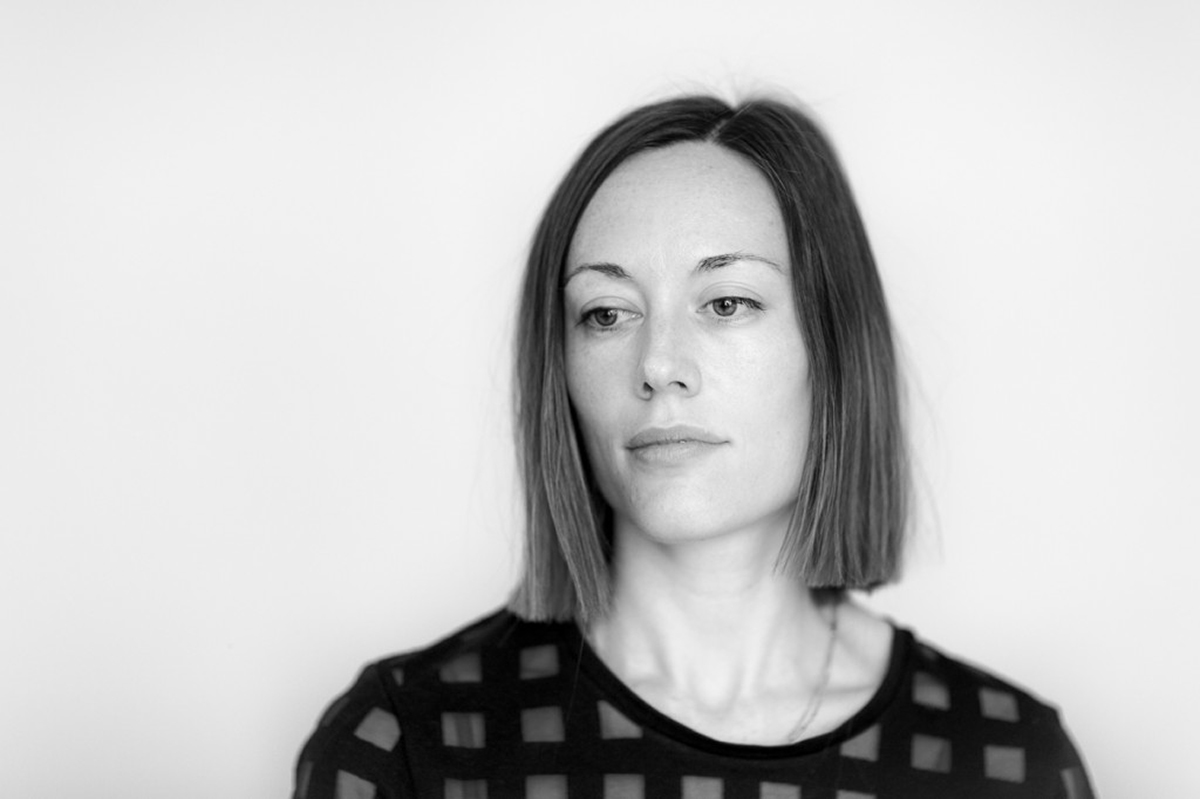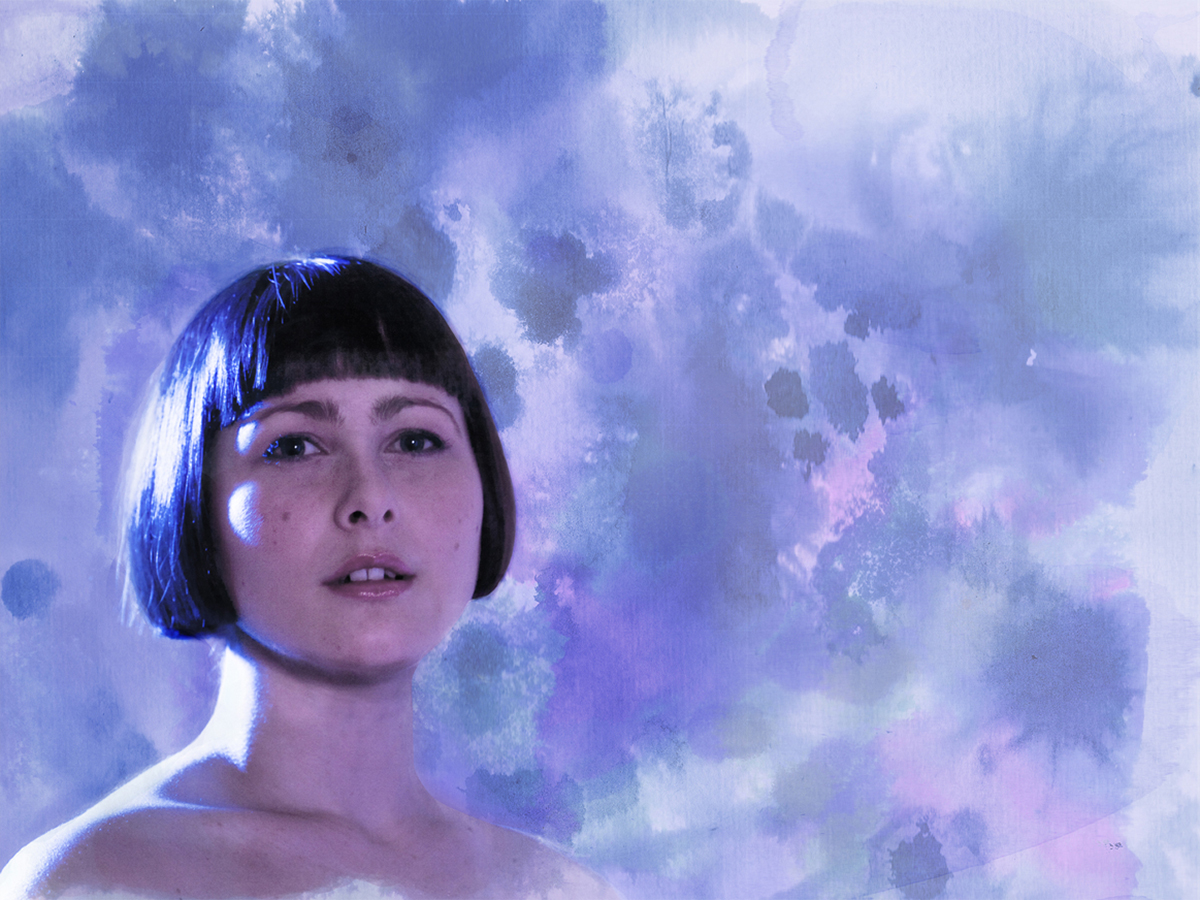
Ensemble Offspring: Lisa Illean & the porous voice
As I write, I’m listening to works by Australian composer Lisa Illean. The music is long-lined, indeterminately ambient and its spare layering seemingly simple but quietly gripping in its yield of resonant, sometimes microtonal, complexities. The first work I heard by Illean, Lands End, was performed by the Sydney Symphony Orchestra in the first of its twice-yearly contemporary music series at Carriageworks in 2016 under the baton of the SSO’s principal conductor, David Robertson.
Robertson is known internationally as a supporter of new music for orchestra, but not in Australia, where the SSO program is infuriatingly backward looking. The two one-night contemporary offerings annually offered by Robertson and collaborator Brett Dean attract a large, eager audience, just as Sydney Chamber Opera does with new works in lieu of Opera Australia’s unstinting taste for the past.
Although so much smaller in scale than the SSO, and braver than the Australian Chamber Orchestra, Ensemble Offspring offers a more incisive vision, consistent commissioning and engagement with new media and theatrical idioms that an increasing number of composers see as part of their remit. Equality of opportunity figures strongly too, evident in the ensemble’s 2017 program, entirely comprising works by female composers.
The ensemble’s latest concert — Who dreamed it? — features world premiere performances of Cantor by London-based Australian Illean, Half-Open Beings by Taiwanese-born and Australian and New Zealand-raised Annie Hui-Hsin Hsieh and Incipio, bibo by Iranian-born Anahita Abbasi. These will be heard alongside Acrostic-Wordplay by Berlin-based South Korean composer Unsuk Chin, a major figure in contemporary music, and the enigmatically titled Everything you own has been taken to a depot somewhere, by radically innovative Irish composer Jennifer Walshe. An 11-strong Ensemble Offspring joined by the wonderfully adventurous, Chicago-based Australian soprano Jessica Aszodi, will be conducted by Roland Peelman.
Illean’s new work Cantor, looks likely to match the concert’s title; not only is there an etherial quality to her compositions, but as she told me, “I have three musical interludes which sit between the [three] songs and have quite a dream-like quality, and slip quite quickly into a very strange sound world and then back out again.” As well as vocal and instrumental components, Cantor includes a variety of sounds from field recordings and radio. Illean writes on the Ensemble Offspring website, “I will be probing the ways in which meaning can be quietly accrued through a piling up of sound scraps — borrowing from Paul Celan’s term ‘hoerreste’ (which one might roughly translate as ‘scraps of heard things’).”
I spoke by phone with the composer who had just arrived from London — where her career is burgeoning — for rehearsals with Aszodi and Ensemble Offspring, for the world premiere of Cantor.

Lisa Illean, photo courtesy the artist
What’s motivated you to write for voice?
This is the first time I’ve worked with voice. It’s something I find deeply fascinating, the way voice makes and un-makes itself and the way that it’s not entirely fixed. And it’s the way we communicate both with ourselves and with other people. It’s by far the most difficult instrument to write for, because each voice is very particular for a particular person, and it’s their body. So there’s a lot to consider and be sensitive and attentive to — particularly with this piece, which although it’s being performed next week by Jessica, who’s incredible, there’ll also be other singers [Cantor is soon to be performed by ensembles in the Netherlands, Canada, United Kingdom and New Zealand. Eds]. I always had her in mind, but I also wanted to create a piece that when others came to it there was space for them to bring their imagination and their voice and their person to it as well.
When composing Cantor, what were you looking for in the voice, what characteristics?
My main approach in this piece was to think about how porous the voice is, which is something I’ve been observing and experiencing in my own voice, thinking about how different mannerisms and subtle inflections are folded or absorbed into an individual voice. The parts of Cantor are essentially songs, kind of drawing on a very ancient tradition of songs of twilight, something like nocturnes. But I wanted to find a way where I could explore subtlety in the voice, which is something different, to do with subtlety of pitch. The texts for Cantor come from a collection of poetry by American writer Willa Cather and the poems I selected from her April Twilights [1903] are set where she was growing up, which was Nebraska at the end of the 19th century. What I’ve done in an imaginative way, and in no way comprehensively, is to draw on some of the vocal traditions which were brought by a huge wave of transatlantic migration to Nebraska in the 1890s. It’s a way of opening up the possibility for exploring traces of these in the voice.
Do you mean folksong traditions?
Yes, exactly.
And how do you evoke these?
It’s not mimetic. Some of it is wound into the musical line and into the notation. There’s also an audio file that accompanies the score that opens up an imaginative territory and gives quite a lot of space for the vocalist to find their way through what I’ve put down on the page.
So is the audio file scored into the work? What kinds of things does it include?
It’s not so much scored as including examples of these folk traditions, with me talking about particular aspects and where they relate to things I’ve notated in the score. It’s kind of like having a long conversation with someone. I’m reticent about being too specific about what they are because there’s quite a lot of space for that to change from performer to performer. To give one example, part of this arose out of a quite organic thing from the text as well. There’s one part of a poem which is set at dawn but has these very specific phonemes — a lot of ‘aaah’ sounds. There’s a connection between that use of sounds and a kind of holler [field worker songs. Ed].
These occur at particular times in the performance?
It’s more subtle than that; it’s woven throughout the entire line of the work.

Jessica Aszodi, photo courtesy the artist
What is the instrumentation?
It’s quite standard: flutes, alto-flute as well, clarinets, piano, percussion and one of each of the strings — violin, viola, cello, double-bass.
It’s notable in some of your work that you contrast tempered and microtonal tunings. Does that kind of layering occur in this work?
There are definitely microtonal aspects to the work but unlike some of my others, the instruments are largely not specially prepared, if a little on some of the strings. What you might have heard is more to do with the way that I tend to set up very simple lines within each of the instruments so there’s a sort of convergence of quite simple elements but creating a much more complex sonic result.
With the instruments there’s often also an idea that they’ve been coloured by something else. So, for example, in this work, the piano is still very much a piano but within it is an allusion to hammered dulcimer sounds, which I think is a particular characteristic. So each instrument brings its own voice to this sound world.
The works of yours I’ve heard seem fairly long-lined. You said in an interview I read that, atypically, there are sudden shifts in Cantor.
Well, I like how when you have a long line it has its own sense of drama in the way it unfolds and I guess, to use a visual analogy, imagine if you set up a film camera with a fixed gaze and allowed the world to move in front of it. You need a patient eye to watch something like that. Similarly, I think, when you’ve got long [musical] lines it encourages a patient form of listening. I was also interested with this piece in the idea of moving quite quickly into a territory and then snapping out of it. So I have three musical interludes which sit between the songs and have a dream-like quality and slip quite quickly into a very strange sound world and then back out again. I was also interested in sharp shifts between tempo and between rhythmic ideas. So there’s something which starts off sounding like it could be a fragment of a polka but very quickly becomes something much slower and more haunting.
It sounds like it will be quite beautiful. I’m intrigued by the title. A cantor, of course, is a singer but also a leader of singers. Does that relate at all to what you’ve written?
The title came first and when I first spoke to Ensemble Offspring about it, I had a strong image of someone throwing their voice out into the world. In working over the course of a year, on and off, on Cantor and thinking about texts and changing tack a number of ways, I think it’s shifted much more to do with a sense of throwing the voice out and then also of repetition. Obviously, there are a lot of different cantorial styles and one that comes to mind as a good analogy might be the tradition of Gaelic psalm-singing. There’s a cantorial voice and then congregational singing. You get an incredible swarm of responses and a very unusual, haunting sound.
So I started to think more about how it is when you try to respond to a voice. The response contains a kind of almost empathetic mimicry but also [represents] your own voice. Then it shifts into what it is for different traces of voices to find their way into another voice. That’s a line of thought from where Cantor started.
Having created a work for voice that will go on to be sung widely, have you other prospects in store for writing more for voice?
Yes. My next project, which I’ll begin when I get back to London, is for London-based soprano Juliet Fraser. I think that will be quite different in that it definitely won’t be a song-based exploration of voice, but it will be a kind of very deep, collaborative process, making something specifically with her voice in mind and also electronics and moving image. It’s fantastic having thought about voice quite a lot, to immediately be able to keep thinking about it and deepen my idea of how I approach it, working with another person and asking them to use their voice in particular ways, with all the dynamics of that relationship.
–
Read more from Lisa Illean about Cantor.
Carriageworks & Ensemble Offspring, Who Dreamed It?, soprano Jessica Aszodi, conductor Roland Peelman; Carriageworks, Sydney, 23 Sept
Top image credit: Ensemble Offspring, photo Ponch Hawkes






